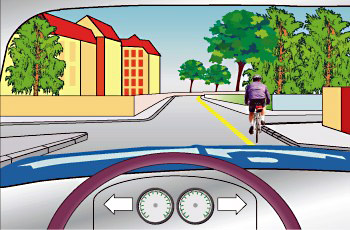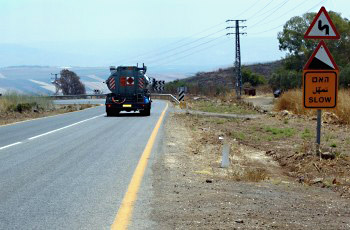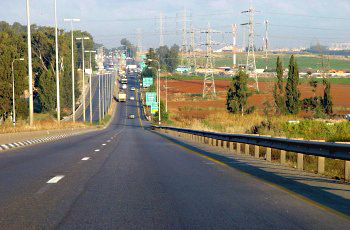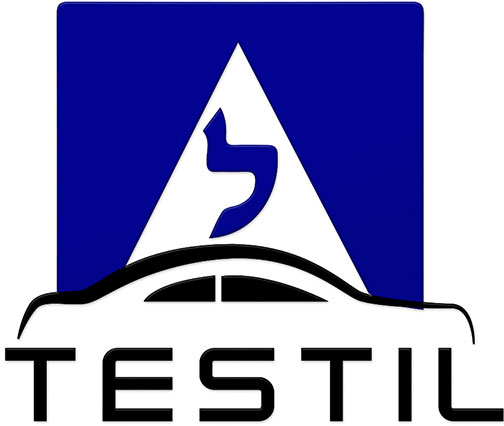Question:1
According to the picture, how should drivers before the traffic light behave?

Category : Safety
Question:2
What risks are caused when you deviate abruptly between lanes?
Category : Safety
Question:3
What is the driver obliged to do according to the following picture?

Category : Safety
Question:4
You arrived to an intersection that is not clear:(free)
Category : Safety
Question:5
How are you required to conduct yourself according to the following picture?

Category : Safety
Question:6
You are driving in a two-lane one-way street and try to overtake the vehicle driving in front of you. The main risk in deviating to the left is:
Category : Safety
Question:7
How would you handle the following situation?

Category : Safety
Question:8
The ability to control the vehicle in order to prevent accidents:
Category : Safety
Question:9
How would you avoid colliding with a vehicle that drives in the same direction you?
Category : Safety
Question:10
What are the dangers of driving continuously for many hours?
Category : Safety
Question:11
On a sharp curve, slow down:

Category : Safety
Question:12
How should you behave when approaching the road section described in the following picture?

Category : Safety
Question:13
When you apply the brake pedal during an emergency braking:
Category : Safety
Question:14
Which measures would you take in the following situation?

Category : Safety
Question:15
How would you avoid danger when starting to drive?
Category : Safety
Question:16
A panoramic mirror:
Category : Safety
Question:17
How would you conduct yourself according to the picture?

Category : Safety
Question:18
When driving in reverse:
Category : Safety
Question:19
Select the correct sentence:
Category : Safety
Question:20
The reaction distance is the distance covered by the vehicle:
Category : Safety
Question:21
When is there a danger of vehicle skidding?
Category : Safety
Question:22
A driver approaches a pedestrian crossing marked on the road.Although ther are no pedestrians on the crossing. The driver should,
Category : Safety
Question:23
What is the required conduct of a driver that exits a dirt road and intends to enter a paved road?

Category : Safety
Question:24
What are you required to do when during a night drive you are confronted with a vehicle that doesn’t dip its lights and blinds you?
Category : Safety
Question:25
What are the provisions for driving in a straight line, without swerving?
Category : Safety
Question:26
What characterizes the following road?

Category : Safety
Question:27
What reason justifies an unexpected pull from the roadway into the “hard shoulder”?
Category : Safety
Question:28
Can a short refreshment break whilst driving lessen the driver’s tiredness?
Category : Safety
Question:29
While braking and slowing down, what force of nature is applied on the vehicle?
Category : Safety
Question:30
How does a multitude of traffic signs before an intersection affect the driver’s response?

Category : Safety

